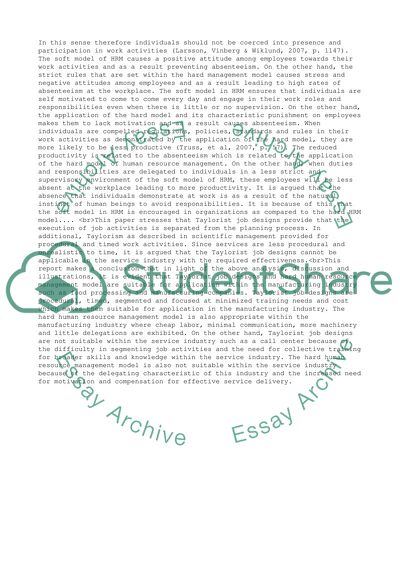Cite this document
(“Taylorist Job Designs and Hard Human Resource Essay”, n.d.)
Taylorist Job Designs and Hard Human Resource Essay. Retrieved from https://studentshare.org/management/1463986-taylorist-job-designs-and-hard-human-resource
Taylorist Job Designs and Hard Human Resource Essay. Retrieved from https://studentshare.org/management/1463986-taylorist-job-designs-and-hard-human-resource
(Taylorist Job Designs and Hard Human Resource Essay)
Taylorist Job Designs and Hard Human Resource Essay. https://studentshare.org/management/1463986-taylorist-job-designs-and-hard-human-resource.
Taylorist Job Designs and Hard Human Resource Essay. https://studentshare.org/management/1463986-taylorist-job-designs-and-hard-human-resource.
“Taylorist Job Designs and Hard Human Resource Essay”, n.d. https://studentshare.org/management/1463986-taylorist-job-designs-and-hard-human-resource.


